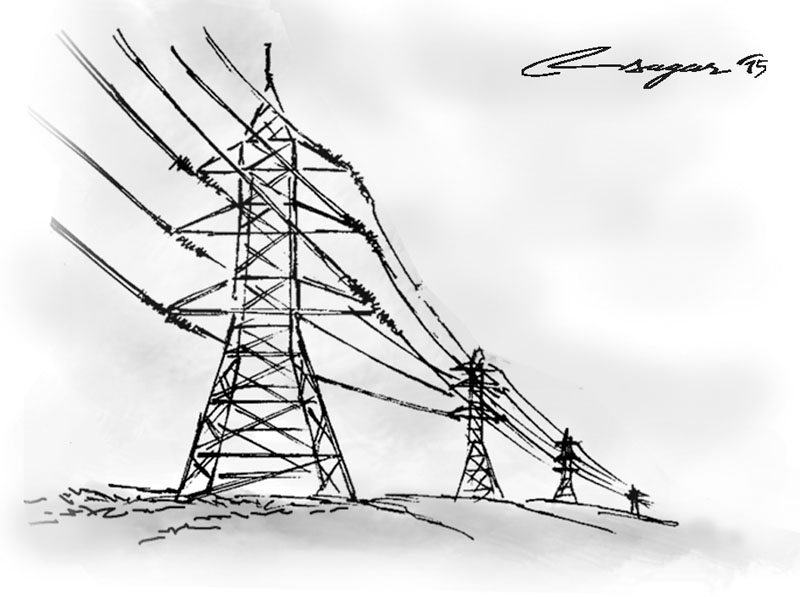Energy demand to reach around 8,000 MW in 15 years: Study
Kathmandu, March 13
The demand for energy is projected to reach around 8,000 megawatt within the next 15 years, which is sufficient to achieve modest growth of around six per cent.
An independent study jointly conducted by the National Planning Commission (NPC) and Investment Board Nepal (IBN) has made a forecast that per capita electricity consumption will reach 700 kilowatt hour per year (kWh/year) by 2030, which can be met through total installed capacity of 8,000 MW.
Similarly, in another 25 years the per capita energy consumption is expected to hover at around 1,000 kWh/year and the country needs to develop 10,000 MW energy by 2040, as per the study. The NPC will set a target in its periodic plan based on the recent study.
The ongoing 13th plan, which is going to end by this fiscal, has set a target to increase per capita electricity consumption to 140 kWh/year by increasing the installed capacity of electricity by 600 MW by the end of this periodic plan. The current per capita electricity consumption is 132 kWh/year, which is much lower compared to other South Asian countries.
At present, around 58 per cent of the total population in the country has access to electricity.
The NPC and Investment Board have used energy demand forecasting model developed by the International Atomic Energy Agency (IAEA) to conduct the study. The NPC and Investment Board have conducted the study to forecast actual demand of energy in the future because there is no realistic demand projection either from the Ministry of Energy (MoE) or Nepal Electricity Authority (NEA).
The NEA forecasts demand of energy based on the demand accrued in its current installed capacity. Since the present demand and supply of electricity in the country is based on shrinkage parameter, the electricity demand is forecast to increase by 3,200 MW in the next decade. As per NEA, the current energy deficit stands at 45 per cent. At present, the total 829 MW installed capacity includes 776 MW of hydro-electricity and 53 MW through thermal plants, which is connected to the National Grid System. But only around 300 MW is generated during the winter season against the demand of around 1,292 MW.
The Ministry of Energy also had recently unveiled a plan to generate 10,000 MW electricity in the next 10 years and envisaged complete electrification in the country from the current 58 per cent. MoE, through the plan, aims to evacuate 5,373 MW electricity through 11 reservoir projects and 1,975 MW from proposed peaking run of river projects namely, Tamakoshi 3, Lower Arun, Upper Arun, Arun 4 and Kimathanka Arun.
Apart from that, 107 projects that are in different phases of construction after obtaining generation licence will contribute 2,587 MW of electricity in the national grid in the next 10 years once they are completed, as per MoE.






